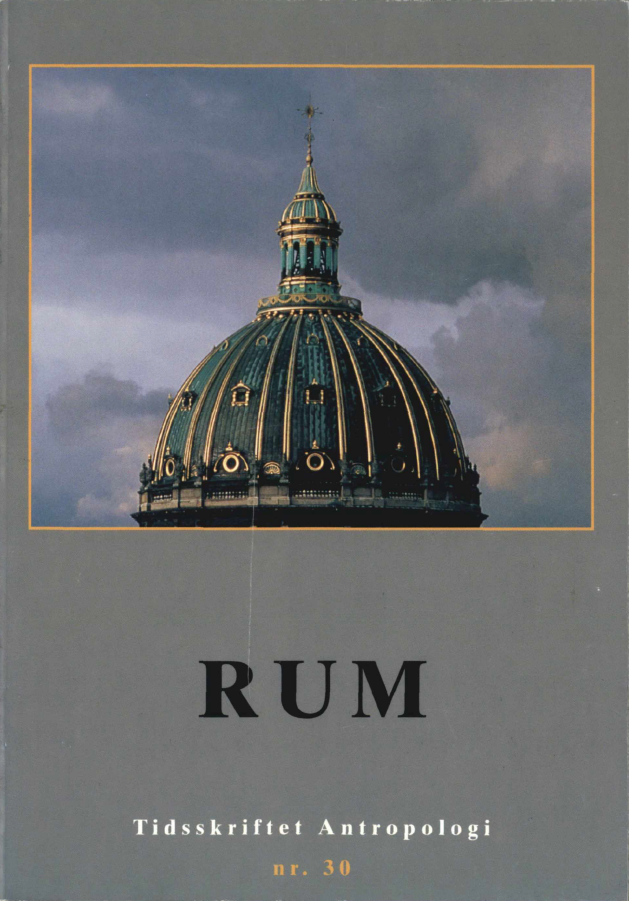Det latente sted. Fra topografisk punkt til nô-teatrets scenerum
DOI:
https://doi.org/10.7146/ta.v0i30.117838Resumé
In the Japanese landscape, the traveller finds innumerable markings which locate historical events and actions, mythological incidents, natural disasters, etc. These ghost-ridden places are loaded with latent, supematural forces, and are the subjects of prayers and rituals from living people. On stage, the no theatre establishes such concrete topographic points from Japan’s cultural landscape. A specific type of no play is the mugen no, ‘phantom no’. As an example, this article describes the dramatic, aesthetic and scenic form of the play Tamura by Zeami Motokiyo (1363-1443). The no stage is an open cube with no specific scenography other than a few simple objects. The stage cube is placed according to the four points of the compass, intersected by imaginary horisontal and vertical lines which represent present time/this world and past time/the other world respectively. These lines meet in the latent place from where the story originales and which is central to no dramaturgy. The actors create a traveller’s vision of landscapes and incidents of the past into the empty stage space. Gradually the imaginary landscape expands beyond the physical stage and is later confined to a single spot on the stage floor where the performance ends up.
Publiceret
Citation/Eksport
Nummer
Sektion
Licens
Ophavsretten til artiklerne i Tidsskriftet Antropologi tilfalder forfatteren.
Artikler publiceret i Tidsskriftet Antropologi må citeres, downloades og videresendes for ikke-kommerciel brug, under forudsætning af normal akademisk reference til forfatter(e) samt tidsskrift, årgang, nummer og sider. Artiklerne må kun genudgives med eksplicit tilladelse fra forfatter(e) og tidsskriftet.


